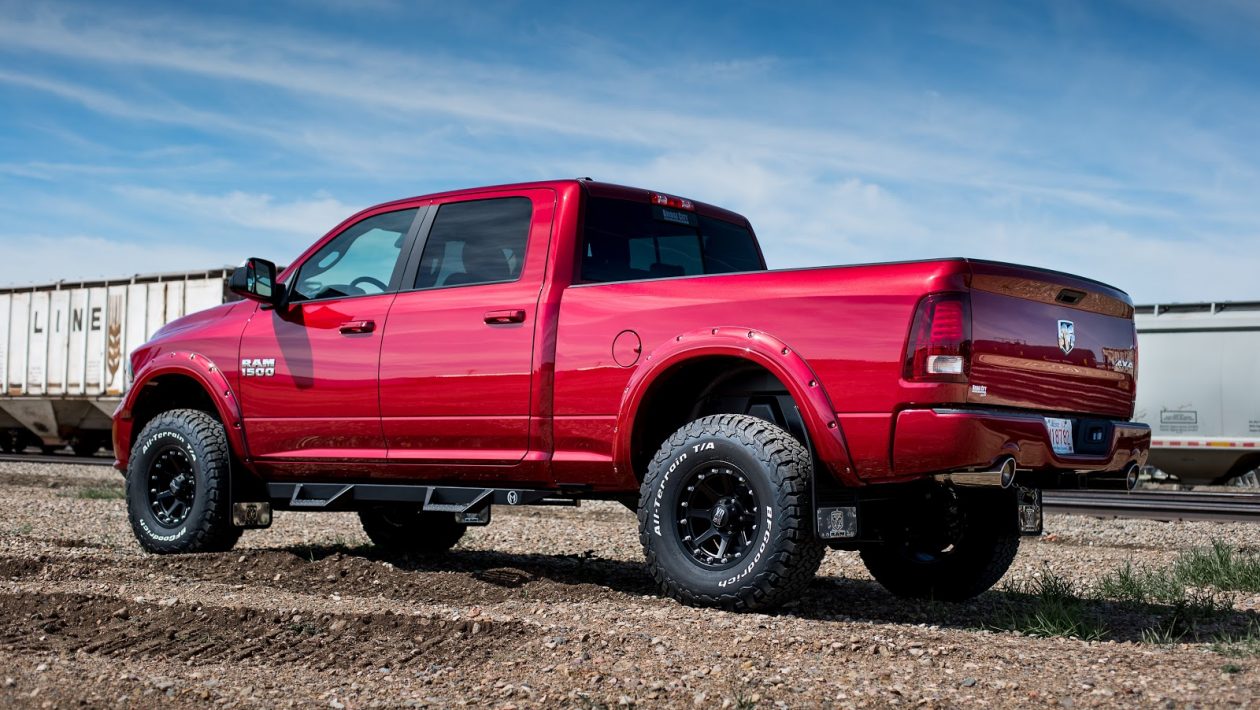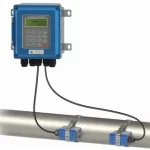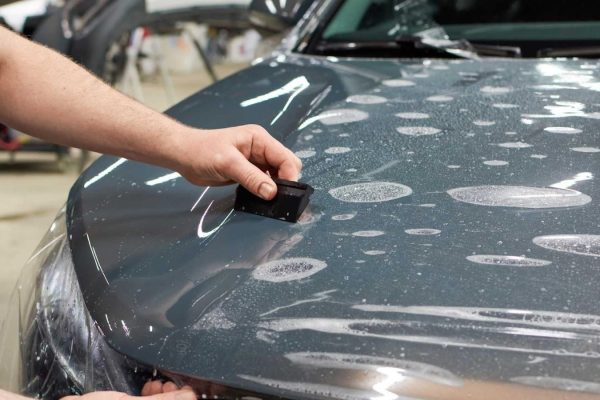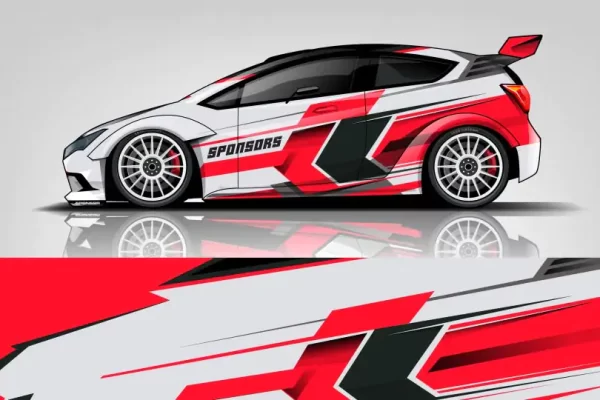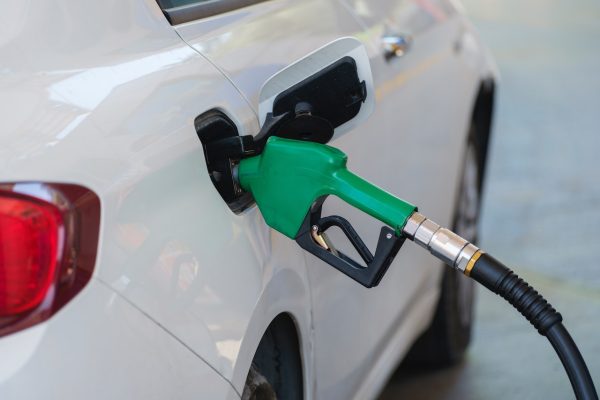Auto industry experts estimate that there are more than a million Ford 6L Power Stroke trucks/engines being used today. Their drivers/owners are passionate about their power, torque and the well-configured package that these engines present. Paradoxically, in terms of original manufacture, the product lasted just for four years. Built by Navistar, there were perennial complaints from customers about reliability and warranty. Though the company rejigged the engine and launched the 6.4L Power Stroke shortly afterwards, there are still plenty of the 6Ls being run. In this blog, you will be knowing about Bulletproofing Your Diesel Truck: What’s The Story?
This came about as a result of some clever diagnosis, re-tooling and replacements of parts by two brothers Ken and Gene Neale, desert truck racing enthusiasts based in Mesa, Arizona. They provided great solutions to the problems that plagued this engine and gave them a whole new lease of life, under the brand name of their company BulletProof Diesel. The word “bulletproofing” soon acquired generic status for a variety of repair/replacement work that could be done on diesel engines.
What Is Bulletproofing?
True bulletproofing, according to the originators of the term, was a result of discovering that there were certain common pattern failures in the 6L Power Stroke. Most of these issues centered around the EGR (Exhaust Gas RE-circulation) system. There were also other parts that were vulnerable in the engine.
OEM factory installed parts are standardized products, designed to align with the overall costing of the vehicle as determined by the company. This means that they would be produced keeping cost, labor, materials, compliance with emissions regulations etc. in focus. As a result, the manufacturer may use less sturdy and reliable materials and design to keep the costs within the pre-determined parameters.
Owners who discover that there were reliability and performance issues earlier than were expected from the engine found that it cost them heavily in terms of repairs and replacement with better parts. However, unless all the issues were addressed, the engine would continue to under-perform and break down unpredictably.
If you use the vehicle for business purposes, this can cause immense damage to your budget, operations, reputation and customer-retention. Frequent downtime is disastrous when you’re unable to meet deadlines. On the other hand, if you drive your truck for leisure and recreation, the inconvenience and safety hazards can ruin your road trip. Getting repairs done in unfamiliar garages in locations that are distant from your neighborhood can be highly stressful and financially draining.
Bulletproofing is a proactive approach to the problem. Once the pain points have been identified in the 6L engine, it’s possible to have them replaced by better quality, sturdier and more durable ones.
EGR Cooler Problems
The EGR cooler is one of the common pattern failure points in the 6L Power Stroke. This component uses the engine coolant (that is released by the oil cooler) to eliminate heat from a big part of the exhaust gases. These gases recirculate back into the engine’s air intake system and bring down the level of harmful emissions. This part is a mandatory component in the engine to meet the emissions regulations that the government’s environmental agencies have put in place. Vehicle emissions comprise hazardous nitrous oxides that cause a variety of health and respiratory problems if inhaled.
In the factory-installed EGR system, the cooler casing is made of a fragile material and it encloses flat and narrow passages. After a certain number of miles, there is a build-up of carbon, soot and debris in the exhaust passages. Continuous thermal stress and blocked passages combine to damage the casing, causing coolant to leak into the combustion chamber, draining of coolant, etc. If left unattended, it can cause catastrophic failure of the engine, out-of-control repair costs and enormous downtime/inconvenience.
Other Pressure Points
Oil Cooler Failure: The engine has an exclusively-designed oil temperature regulatory system – unlike others, it depends on the engine coolant to raise/lower engine temperature. The heat-exchanger unit performs just fine when the engine is brand new. However, in time, the passages become corroded or get blocked with soot and debris in the coolant and in many cases, with remnants of the manufacturing process such as casting sand. When the flow of coolant is restricted, it can lead to major issues such as engine breakdown. Bulletproofing enables the replacement of this part with a more sturdy and durable one made of better materials.
Head Gasket Studs: The valve seats of the cast-iron cylinder heads may develop cracks, or these studs become less effective in holding the head gaskets clamped in place. When this happens, the gasket blows, causing engine failure. Bulletproofing this part entails the use of tougher materials such as cobalt-chromium alloys that are extremely hard, tough and corrosion-resistant.
Water-Pump Impeller: There is a centrifugal pump in the engine with a rotating impeller to increase flow and pressure of the fluid. This component is originally made from plastic by the manufacturer. In time, it may develop cracks and splits that affect its performance. Bulletproofing replaces this plastic part with a tougher aluminum one that may last longer and could withstand pressure better.
FICM: The fuel injection control module supplies the right amount of power to the fuel injectors. When the voltage drops, there is a thinner air/fuel mixture that is created. This affects the performance and fuel efficiency of the engine. This causes the “rough idle” hard start, and irregular running conditions. Intense thermal conditions and pressure, along with the vibrations during operations leads to FICM failure. Replacing this component with a stronger, and more superior-quality part may help to prevent deterioration and failure of the FICM.
Is Bulletproofing Worth It?
During the lifespan of your diesel truck, you expect it to provide good service. For this, you are prepared to spend a certain amount for servicing, maintenance and repairs. However, when there are inherently faulty parts in the engine, it’s wise to take a proactive approach to the problem.
Complete bulletproofing can extend the life of your diesel truck. It can also benefit you in terms of better business operations, smooth and trouble-free running, fewer repairs and less inconvenience and disruption.
According to the folks at the original BulletProof Diesel, unless all the five known pattern failure components are replaced, it may not be possible to say that your engine is fully bulletproofed.
However, you can also complete the process in stages, based on how much you run the truck, the terrain you drive in, and your financial projections.

